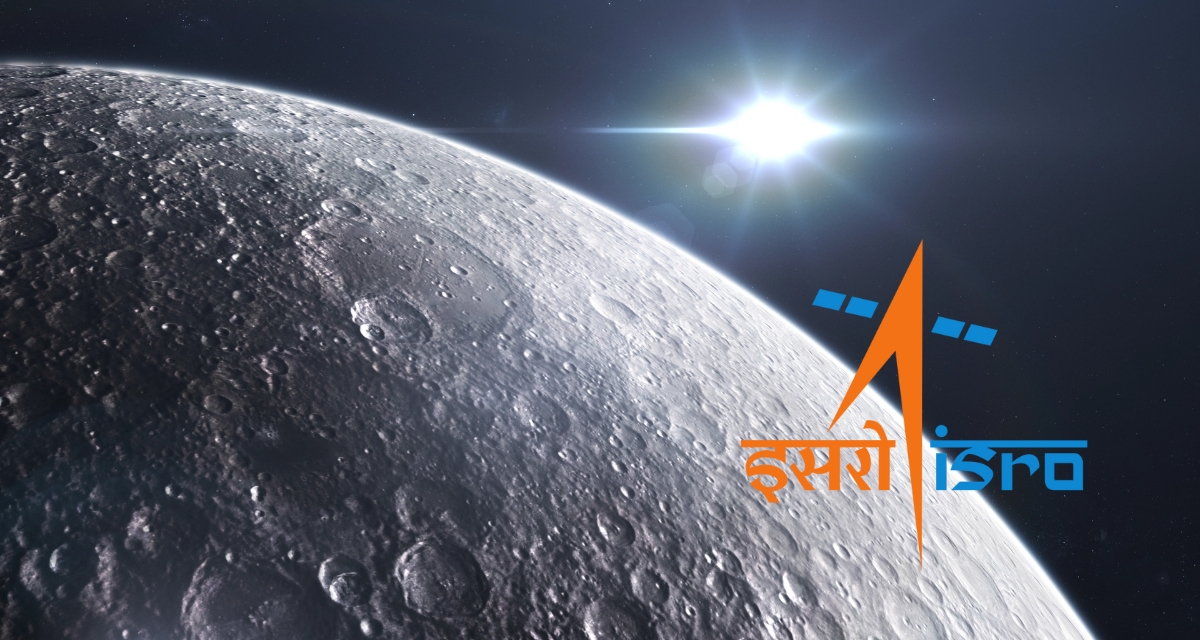In a remarkable leap forward, the ISRO is gearing up for its next lunar mission, Chandrayaan-4 mission aims to bring Moon soil samples. Building upon the success of Chandrayaan-3, this ambitious project marks a significant milestone for India in the realm of space exploration.
Under the leadership of Nilesh Desai, Director of the Space Applications Centre (SAC/ISRO), Chandrayaan-4 was unveiled during the 62nd foundation day celebration of the Indian Institute of Tropical Meteorology in Pune. The mission’s primary objective is to conduct a sample return mission from the lunar surface.
Desai explained, “In this mission, the landing will be similar to Chandrayaan-3, but the central module will return after docking with the orbiting module, which will later separate near Earth’s atmosphere. The re-entry module will bring back samples of lunar soil and rock. It’s a very ambitious mission, and we hope to meet this challenge in the next five to seven years.”
Chandrayaan-4 is poised to be more complex and ambitious than its predecessor, Chandrayaan-3. While Chandrayaan-3 deployed a 30 kg rover, Chandrayaan-4 plans to land a massive 350 kg rover on the Moon’s rim, an uncharted territory in lunar exploration. The rover will have a vast exploration area of 1 km x 1 km, significantly larger than Chandrayaan-3’s 500 meters x 500 meters.
The success of Chandrayaan-4 hinges on its ability to return lunar soil samples to Earth. This intricate process involves the lander module docking with the orbiting module in space, followed by the return of the central module carrying the invaluable lunar samples. Notably, the mission involves the use of two launch vehicles, underscoring its scale and complexity.
ISRO is also engaged in a collaborative effort with the Japanese space agency JAXA for the LuPEX mission, which aims to explore the Moon’s darker side. In this mission, a rover weighing up to 350 kg will explore areas up to 90 degrees on the lunar surface.
The Lunar Sample Return Mission (LSRM), as it’s officially known, is scheduled for launch in 2028. It will involve collecting soil and rock samples from the Moon’s surface at the Shiv Shakti point. One unique aspect of this mission is the use of two separate launch vehicles: GSLV Mark-II for the Transfer and Re-entry modules, and GSLV Mark-III for the Ascender and Lander modules.
Similar to NASA’s recent success in collecting samples from the near-Earth asteroid Bennu with the OSIRIS-REx spacecraft, ISRO’s LSRM mission is poised to advance lunar exploration and bring us closer to unlocking the mysteries of our celestial neighbor. With the prospect of lunar soil samples on the horizon, India’s presence in space exploration continues to ascend, cementing its place among the world’s leading spacefaring nations.

